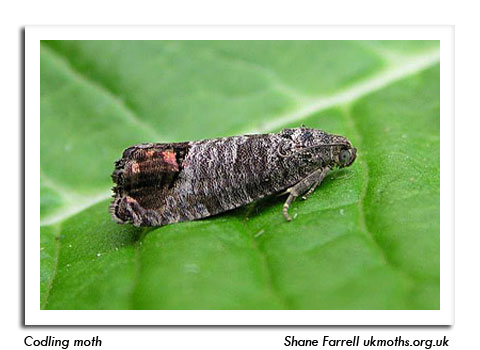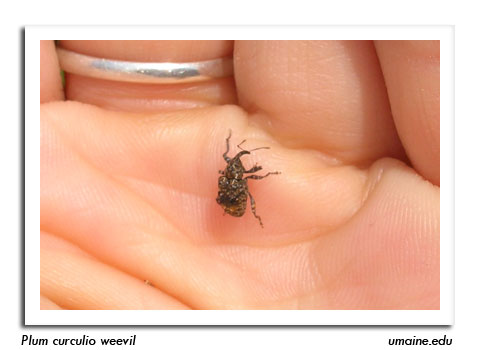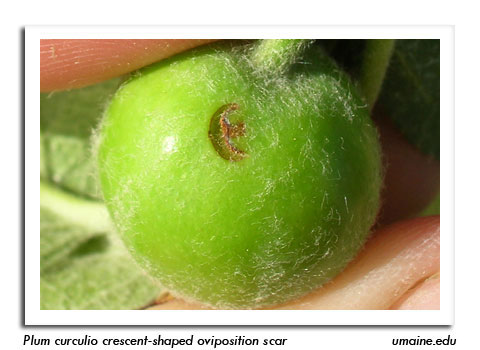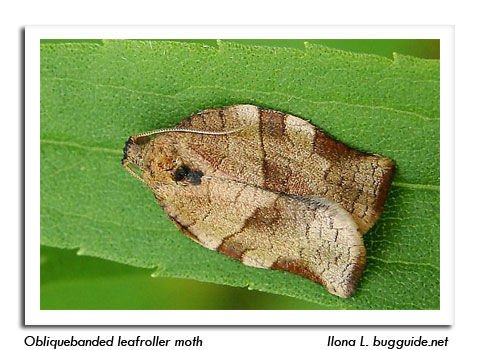
 |
|
|
Fruits
Volume 57 Number 2 Date 04/19/2012 TARNISHED PLANT BUG - Adults are reportedly causing damage to flower buds in southern Wisconsin apple orchards. Tarnished plant bug concerns are secondary to frost and freeze damage for now, but the levels noted suggest this pest warrants close attention. Chemical intervention at petal fall or first cover may be required for some orchards this spring. CODLING MOTH - The first sustained capture of moths, referred to as the "biofix", is anticipated in the next 1-2 weeks in southern and central orchards. The codling moth flight begins in Wisconsin from 201-340 degree days (base 50°F). According to the 50°F column in the degree day table , the upper range of this threshold has been surpassed near Beloit, Dubuque, Lone Rock and Sullivan. Daily monitoring is recommended over the next two weeks to establish the biofix. REDBANDED LEAFROLLER - Larval emergence has begun at locations where 228 degree days (base 50°F) have accumulated. The first RBLR larvae generally appear around petal fall and this is when scouting should commence. Controls applied at petal fall for other target pests usually provide satisfactory control of RBLR. PLUM CURCULIO - Overwintered adults are migrating into orchards. A report from Orchard IPM Consultant John Aue states that both the insect and damage were observed on the edges of two orchards last week. Feeding and oviposition activity can be expected to increase with warmer temperatures next week. OBLIQUEBANDED LEAFROLLER - Larvae noted in orchards in the past week ranged in development from second- to fourth-instar. The later instars are evident in the buds and should be fairly easy to detect. Unlike other common fruit moths which overwinter as pupae and emerge as adults by early April, the OBLR overwinters in the second- and third instar stages and must complete larval development and pupate before emerging in May. Pheromone traps should be placed next week to capture the first OBLR moths of the 2012 growing season. SPOTTED TENTIFORM LEAFMINER - The spring flight has accelerated in the southern half of the state. Presumably, egg laying is heavy at this time. Sampling for first generation sapfeeder larvae is advised 10-14 days after a peak flight (i.e. high trap count) has occurred. A count of one mine per 10 leaves signals the population is high and may increase to economic levels by the second generation. APPLE SCAB - The first lesions were observed on April 15-16. Ordinarily scab lesions are rare and difficult to see at this time of year, but with the early spring they are relatively easily to find in some orchards and in some varieties. Most are on the first leaves at the base of the cluster, at the leading edge of the leaf. --Krista Hamilton, DATCP Entomologist 





|
|
|